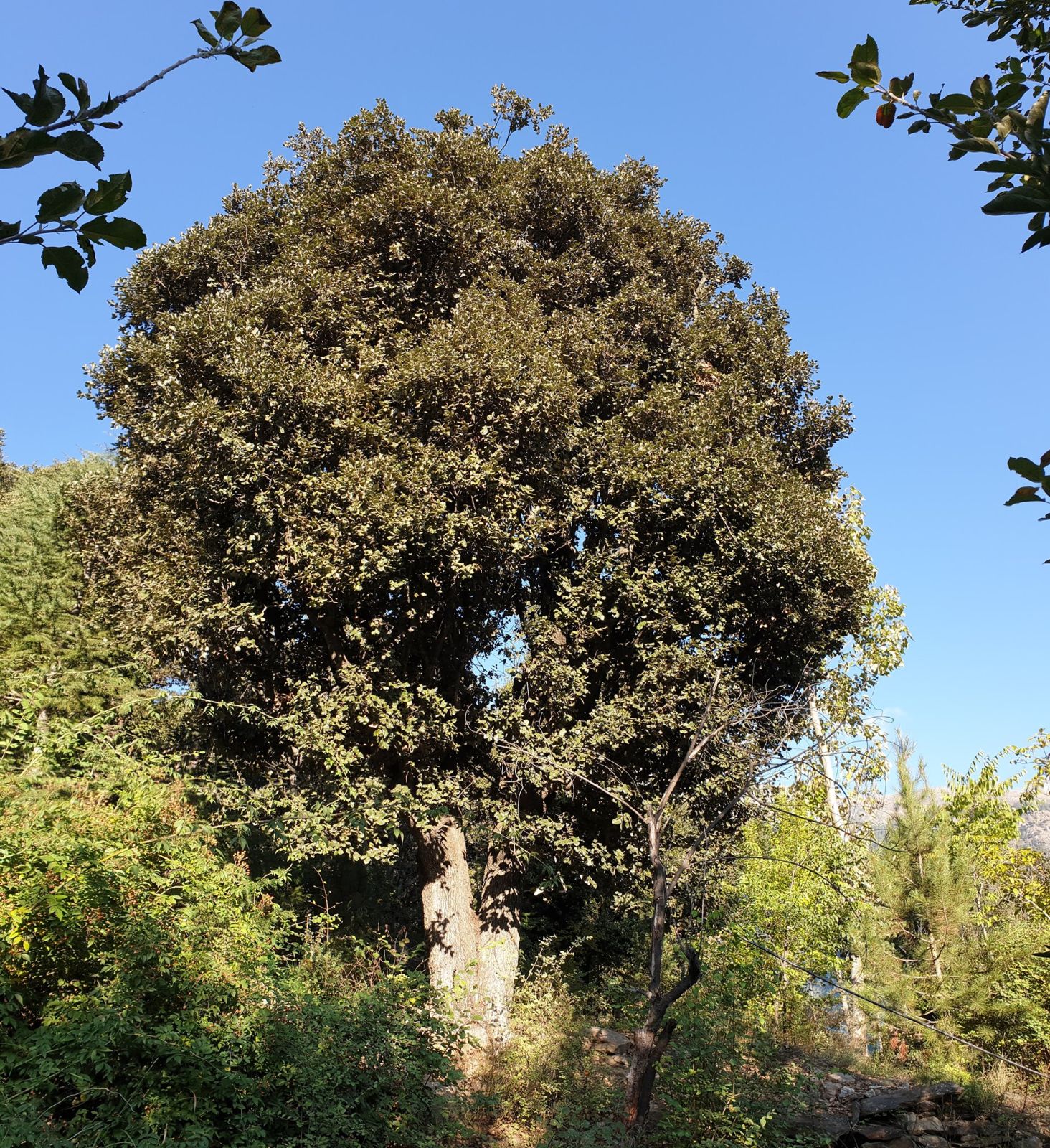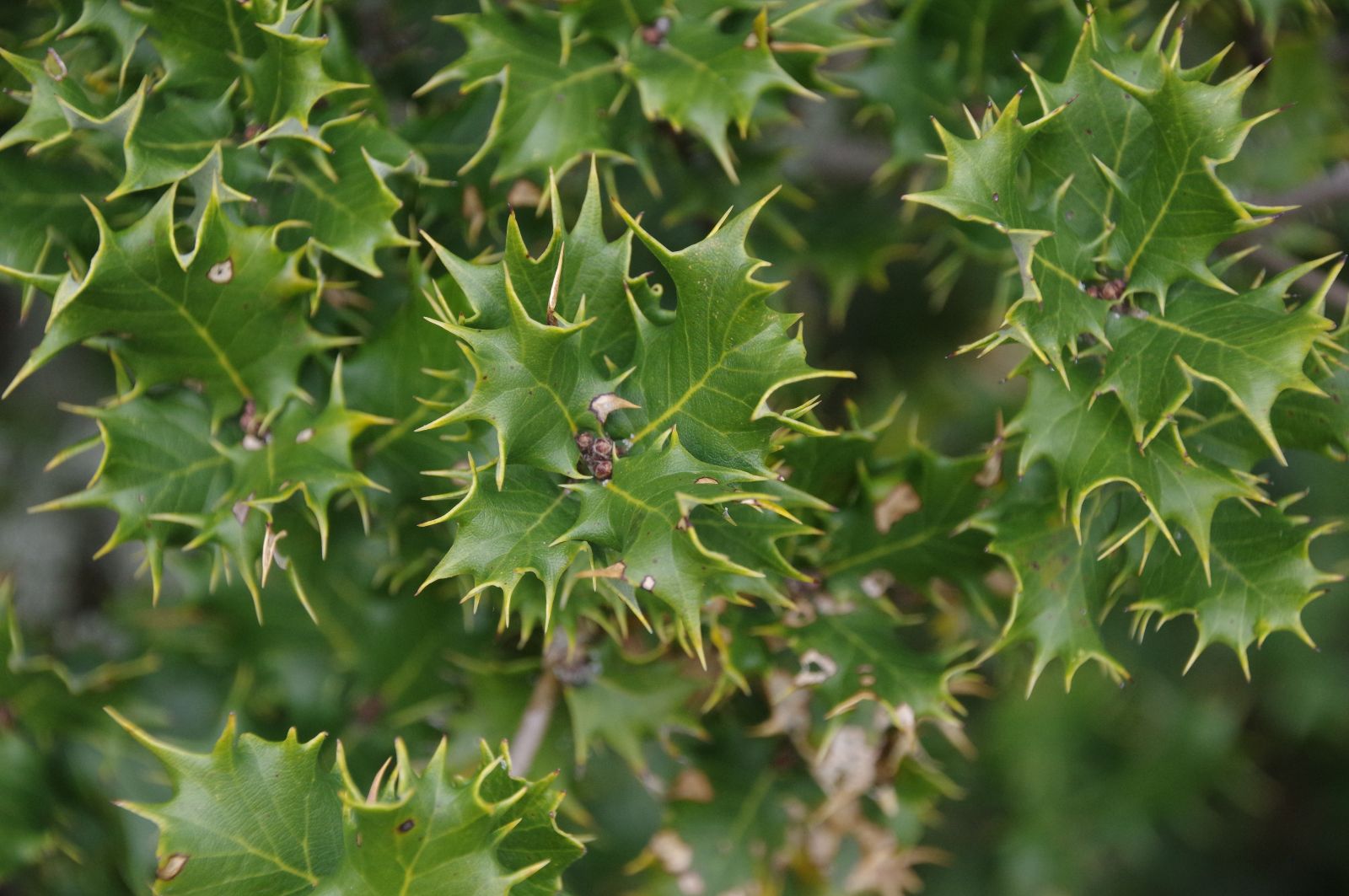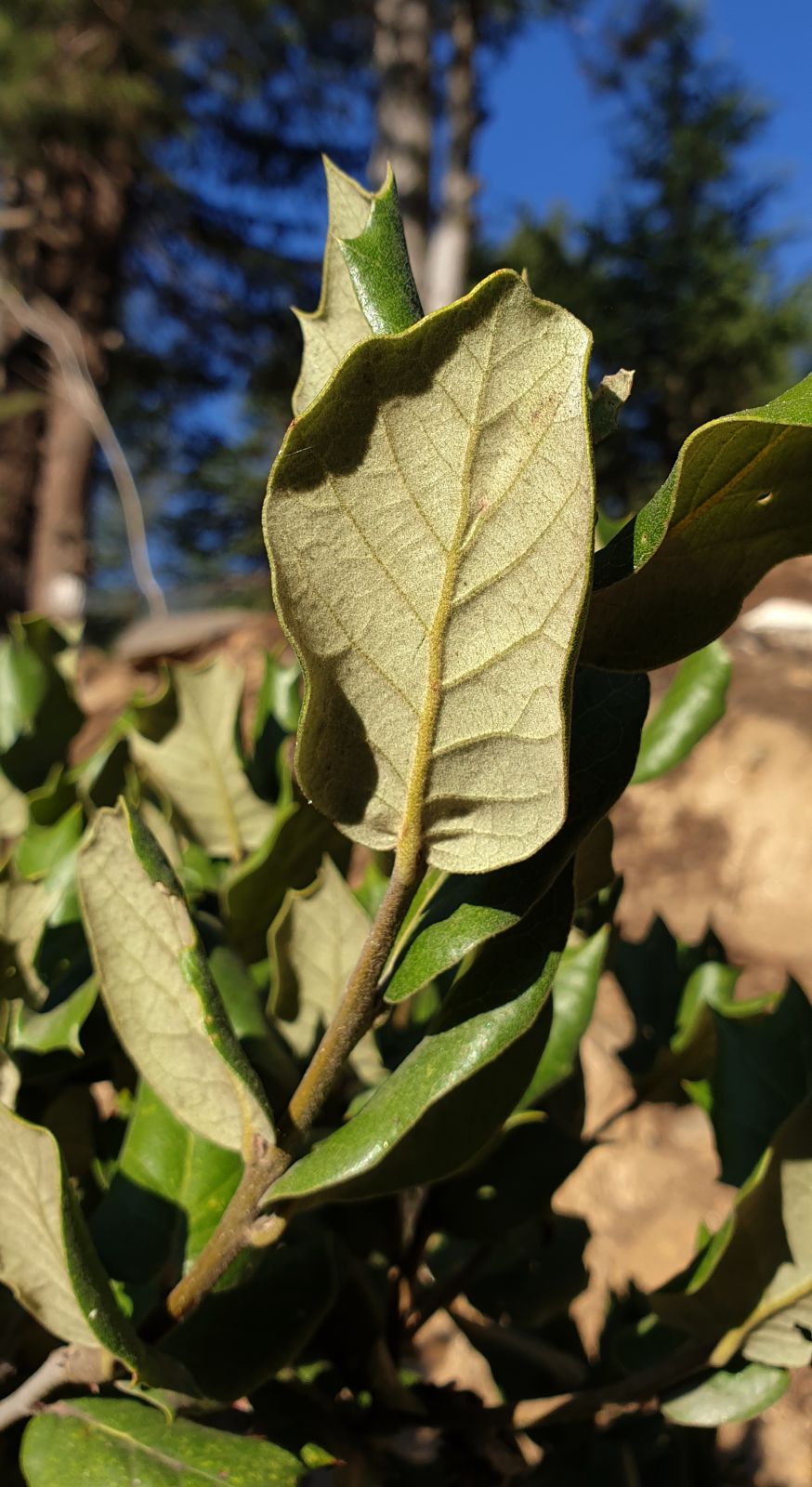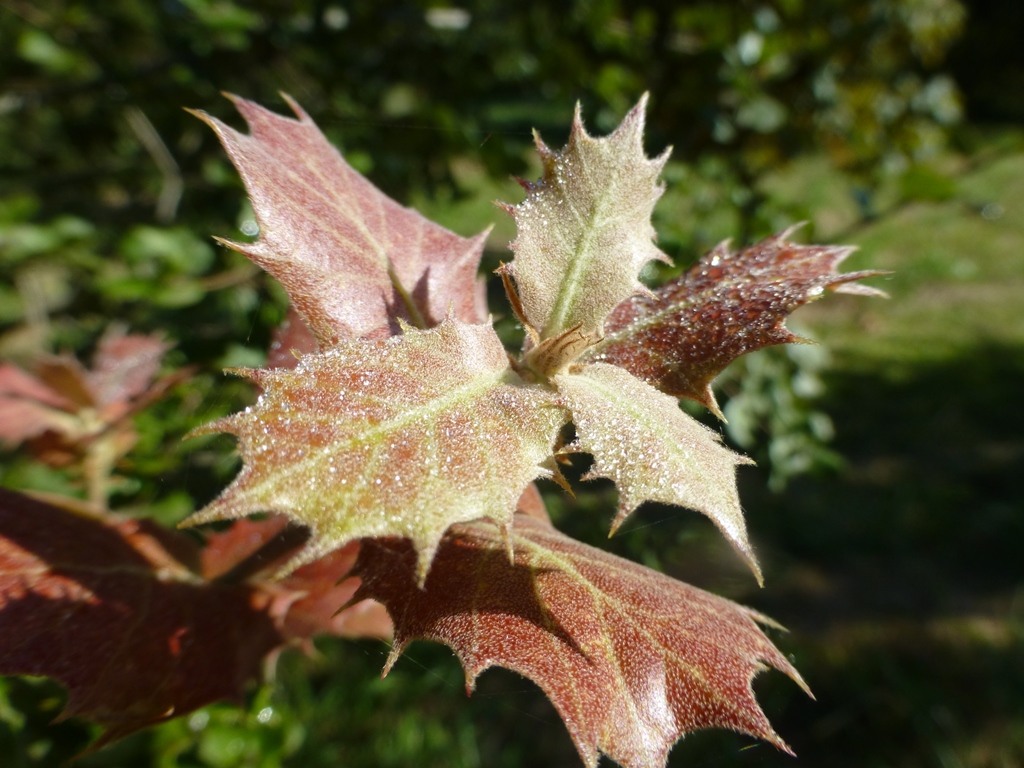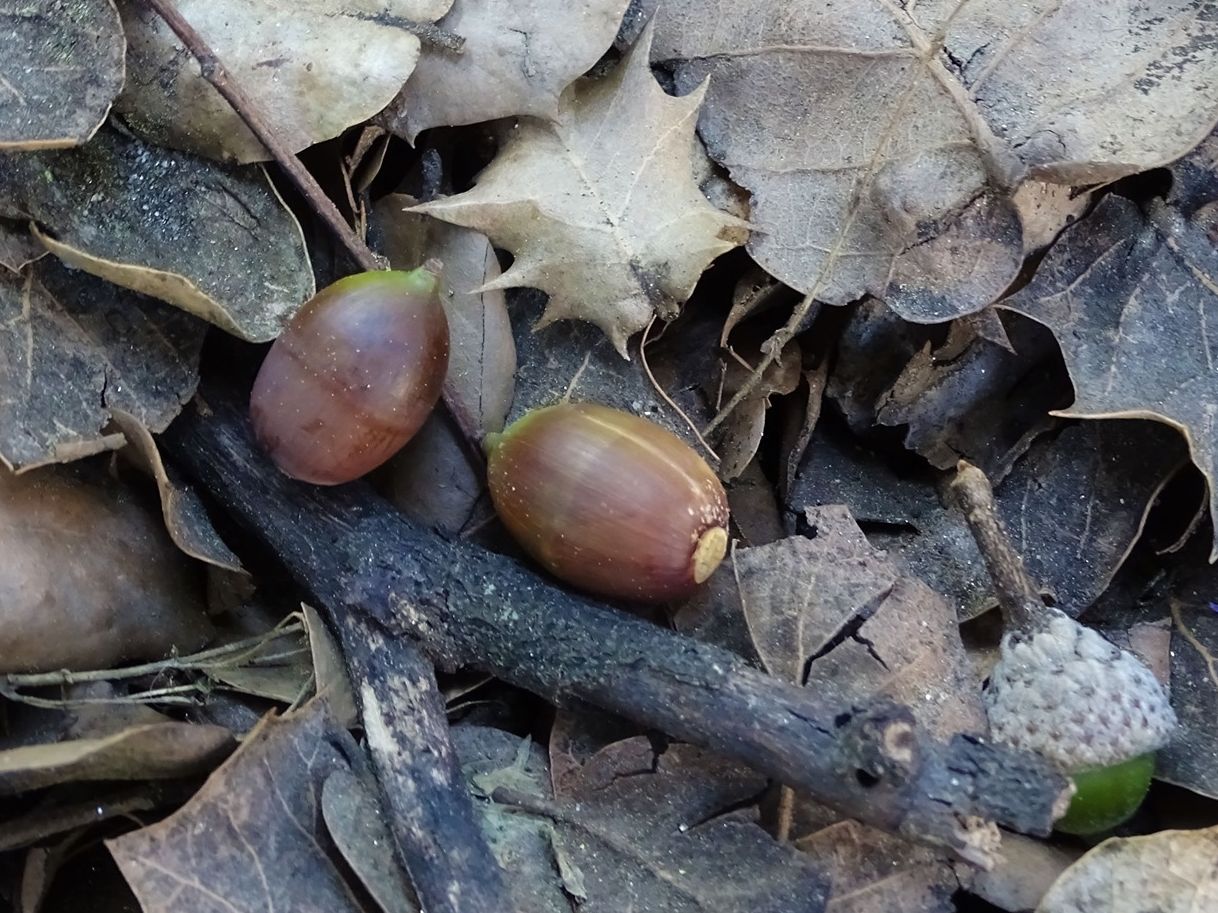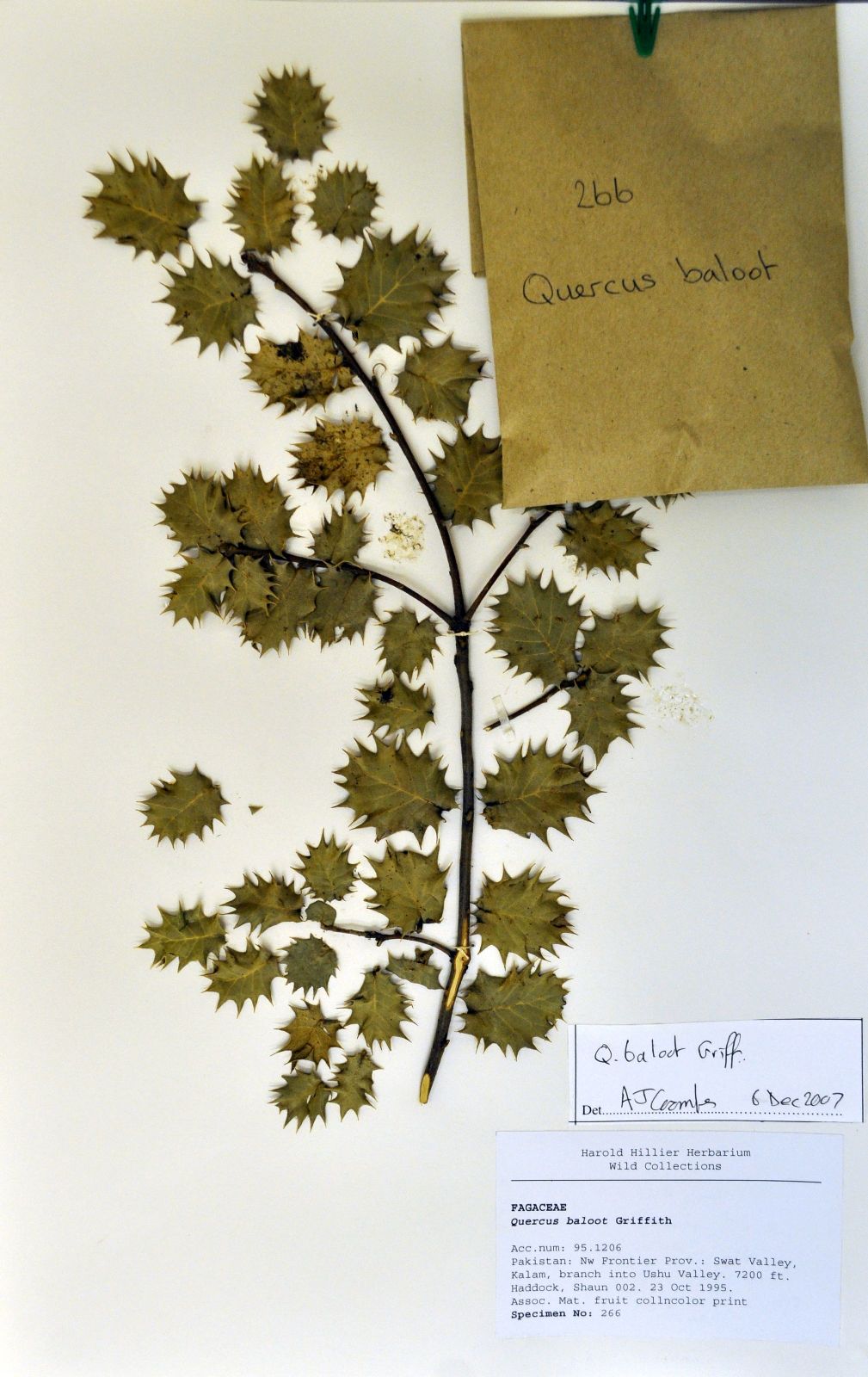Quercus baloot
Sponsor
Kindly sponsored by
The Trees and Shrubs Online Oak Consortium
Credits
Allen Coombes & Roderick Cameron (2021)
Recommended citation
Coombes, A. & Cameron, R. (2021), 'Quercus baloot' from the website Trees and Shrubs Online (treesandshrubsonline.
Genus
- Quercus
- Subgen. Cerris, Sect. Ilex
Common Names
- Breh
- Balut
- Bre-Chur
- Irri
Synonyms
- Quercus ilicifolius Griff.
- Quercus ilex auct. non L.: Hook. f.
Other taxa in genus
- Quercus acerifolia
- Quercus acherdophylla
- Quercus acrodonta
- Quercus acuta
- Quercus acutifolia
- Quercus acutissima
- Quercus afares
- Quercus affinis
- Quercus agrifolia
- Quercus alba
- Quercus aliena
- Quercus alnifolia
- Quercus aquifolioides
- Quercus arizonica
- Quercus arkansana
- Quercus aucheri
- Quercus augustini
- Quercus austrina
- Quercus × auzendei
- Quercus bambusifolia
- Quercus baronii
- Quercus bicolor
- Quercus brantii
- Quercus buckleyi
- Quercus canariensis
- Quercus canbyi
- Quercus candicans
- Quercus castanea
- Quercus castaneifolia
- Quercus cerris
- Quercus chenii
- Quercus chrysolepis
- Quercus coccifera
- Quercus cocciferoides
- Quercus coccinea
- Quercus conspersa
- Quercus crassifolia
- Quercus crassipes
- Quercus delavayi
- Quercus dentata
- Quercus deserticola
- Quercus dolicholepis
- Quercus douglasii
- Quercus dumosa
- Quercus durifolia
- Quercus eduardii
- Quercus ellipsoidalis
- Quercus emoryi
- Quercus engelmannii
- Quercus engleriana
- Quercus euboica
- Quercus eugeniifolia
- Quercus fabri
- Quercus faginea
- Quercus falcata
- Quercus floribunda
- Quercus frainetto
- Quercus franchetii
- Quercus fruticosa
- Quercus fusiformis
- Quercus gambelii
- Quercus garryana
- Quercus geminata
- Quercus georgiana
- Quercus germana
- Quercus gilliana
- Quercus gilva
- Quercus glabrescens
- Quercus glauca
- Quercus graciliformis
- Quercus gravesii
- Quercus griffithii
- Quercus grisea
- Quercus guyavifolia
- Quercus hartwissiana
- Quercus hemisphaerica
- Quercus × hispanica
- Quercus hondae
- Quercus hypargyrea
- Quercus hypoleucoides
- Quercus ilex
- Quercus ilicifolia
- Quercus imbricaria
- Quercus incana
- Quercus infectoria
- Quercus insignis
- Quercus ithaburensis
- Quercus kelloggii
- Quercus × kewensis
- Quercus kiukiangensis
- Quercus laceyi
- Quercus laevis
- Quercus lamellosa
- Quercus lanata
- Quercus lancifolia
- Quercus laurifolia
- Quercus laurina
- Quercus × leana
- Quercus leucotrichophora
- Quercus × libanerris
- Quercus libani
- Quercus lobata
- Quercus lobbii
- Quercus lodicosa
- Quercus longinux
- Quercus longispica
- Quercus look
- Quercus × ludoviciana
- Quercus macranthera
- Quercus macrocalyx
- Quercus macrocarpa
- Quercus macrolepis
- Quercus marilandica
- Quercus mexicana
- Quercus michauxii
- Quercus mongolica
- Quercus monimotricha
- Quercus montana
- Quercus morii
- Quercus muehlenbergii
- Quercus myrsinifolia
- Quercus myrtifolia
- Quercus nigra
- Quercus × numidica
- Quercus oblongifolia
- Quercus obtusata
- Quercus oglethorpensis
- Quercus oxyodon
- Quercus pagoda
- Quercus palmeri
- Quercus palustris
- Quercus pannosa
- Quercus parvula
- Quercus petraea
- Quercus phellos
- Quercus phillyreoides
- Quercus planipocula
- Quercus poilanei
- Quercus polymorpha
- Quercus pontica
- Quercus prinoides
- Quercus pubescens
- Quercus pyrenaica
- Quercus rehderiana
- Quercus reticulata
- Quercus robur
- Quercus rotundifolia
- Quercus rubra
- Quercus rugosa
- Quercus rysophylla
- Quercus sadleriana
- Quercus salicina
- Quercus sartorii
- Quercus × schneideri
- Quercus schottkyana
- Quercus semecarpifolia
- Quercus senescens
- Quercus serrata
- Quercus sessilifolia
- Quercus setulosa
- Quercus shumardii
- Quercus sinuata
- Quercus spinosa
- Quercus stellata
- Quercus stenophylloides
- Quercus suber
- Quercus subspathulata
- Quercus tarokoensis
- Quercus tatakaensis
- Quercus texana
- Quercus tomentella
- Quercus trojana
- Quercus tungmaiensis
- Quercus turbinella
- Quercus × turneri
- Quercus undulata
- Quercus utahensis
- Quercus utilis
- Quercus uxoris
- Quercus variabilis
- Quercus velutina
- Quercus virginiana
- Quercus vulcanica
- Quercus warburgii
- Quercus wislizenii
- Quercus xalapensis
Shrub or tree to 15 m, 1 m dbh. Bark dark grey and divided into rectangular plates. Branchlets grey-tomentose to brown and glabrous. Leaves evergreen, 2–4(–6) × 3–4.5(–8) cm, obovate or elliptic or rarely circular, leathery, upper surface greyish green, lower surface white or glaucous with stellate tomentum, 6–7(–8) secondary veins on each side of the midrib, margins entire or with spiny teeth, revolute, apex acute to rounded; the leaves on one plant range from entire to having 1–14 holly-like spines; petiole 0.3–0.6 cm long with stellate pubescence. Male flowers in catkins, 3.3–5 cm long, lax, pubescent; stamens 5–7; anthers hairy, oblong c. 1.2 mm long, filaments 2 mm long. Infructescence 2–4.2 cm long with one cupule. Cupule cup-shaped with villous margins, 1.2–1.4 × 0.8–1 cm; scales elliptic to oblong and with appressed apices, lower scales tuberculate. Acorn elliptic, with half to three-quarters of its length enclosed in the cupule, 1.5–2.5 cm long, ripening the first year, stylopodium prominent. Flowering April to May, fruiting September (Pakistan). (Browicz & Menitsky 1971; Nasir 1976; Menitsky 2005).
Distribution Afghanistan India Jammu & Kashmir, Himachal Pradesh Pakistan North
Habitat Dry valleys of the western Himalayas and Hindu Kush between 1200 and 3000 m asl.
USDA Hardiness Zone 6
Conservation status Least concern (LC)
Taxonomic note Griffith (1848) described Q. baloot and Q. ilicifolia (as Q. ilicifolius) at the same time. He gave the name Q. baloot to plants with entire leaves that made medium-sized trees and Q. ilicifolia to plants with mostly very spiny leaves that made shrubs or small trees to 30 ft tall, and that he initially mistook for a holly. In his description of Q. ilicifolia he wrote “This is the Baloot!” and that it is “much cut for charcoal”. (Griffith & McClelland 1848). Q. ilicifolia Griff. is predated by Q. ilicifolia Wangenh. (1787).
Quercus baloot forms dense forests of robust trees at elevations between 1200 and 1700 m asl, due to higher humidity. Above 2000 m, it is found on dry soil in association with Pinus gerardiana. Between 2500 and 3000 m it is present as an understory shrub, associated with Picea smithiana, Pinus wallichiana, and Abies spectabilis (le Hardÿ de Beaulieu & Lamant 2010; Flora of Pakistan 2020).
While many of its associates in the wild were introduced to European horticulture in the mid 19th century, it appears that Q. baloot is a relative newcomer. Most of the specimens in cultivation originate from acorns collected by Shaun Haddock in northwest Pakistan in 1995. An airline pilot at the time, Haddock was able to use time off between flights to make several expeditions to the Swat Valley and collected acorns at c. 2200 m above Kalam (SPSH 002) and c. 1300 m near Marghazar (SPSH 009). His return to the UK coincided with a meeting of oak enthusiasts and the acorns were distributed to collectors and nurseries. Specimens from both collections have proved slow growers in Haddock’s Arboretum de la Bergerette in southwest France, despite having the benefit of summer heat, recommended for the species. It is possible that intermittent attacks of anthracnose are to blame. By early 2021 the largest in a group of 4 of the 002 collection was 4.4 m × 11 cm at 80 cm while 009 had reached 4.4 m × 10 cm. Both have been producing acorns for several years (S. Haddock pers. comm. 2021). The higher altitude seed was slower to germinate and at Arboretum de la Bergerette has produced trees with spinier leaves than the single survivor from further down the valley. The bristles are exceptionally sharp, and as with other section Ilex oaks, the leaves on the outside of the crown are spiny, designed to repel browsing animals, while those closer to the trunk are often entire, requiring no such protection. The lower altitude seed has a higher proportion of leaves with entire margins. A characteristic of Q. baloot is that undulating leaf margins cause the spines to present themselves both above and below the plane of the leaf. A plant from the SPSH 002 collection at the Sir Harold Hillier Gardens, England, reached 2.9 m but was removed in 2010; a second tree survives but has not performed as well and was 1 m tall in 2020 (B. Clarke pers. comm.). Plants planted in Luxembourg and Germany did not survive severe winters. At Chevithorne Barton, England, a specimen likewise developed slowly, though was reported to have improved somewhat after being moved to a warmer and drier environment. At Wynkcoombe Arboretum in West Sussex, England, a specimen of the same origin sourced via Mallet Court Nursery has reached 3.6 m (N. Smith, pers. comm. 2020). A specimen from the SPSH 009 collection is flourishing at Grigadale Arboretum in Argentina, where it had exceeded 6 m by 2018, the tallest record for this species in cultivation (Haddock 2016).
The only other introductions recorded were by Karl Fuchs in 1986, also from Pakistan (a specimen has survived in central Germany, and has very small, spiny leaves, resembling Q. coccifera), and by Jean Braud in 1997 from Asmar, Kunar province, Afghanistan (Grimshaw & Bayton 2009; le Hardÿ de Beaulieu & Lamant 2010).
The species was described in 1848; the epithet derives from the local name, balut, which is the word for oak in Persian. It is related to the Arab root of the Spanish word bellota (acorn) (A’lam 1988).

